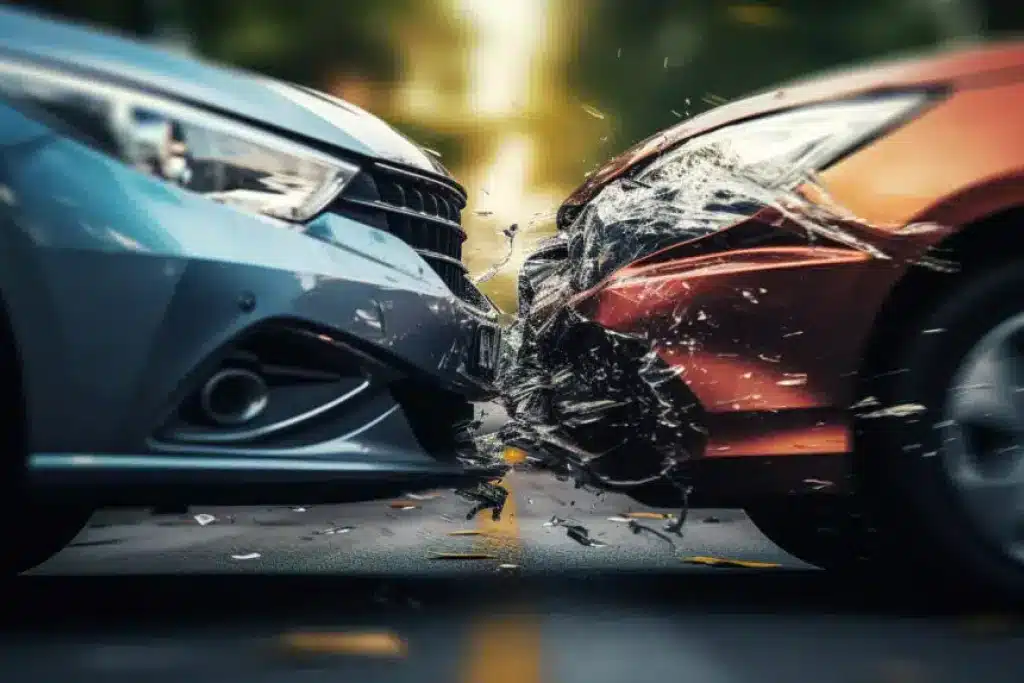
Unravel the complexities of establishing fault in car accidents and how it impacts legal responsibilities.

Understanding the Basics of Car Accident Liability
Car accident liability is the legal determination of who is at fault in a vehicular collision. This concept is crucial as it dictates who is responsible for damages incurred during the incident. Liability is often established based on state laws and the specifics of each case. In the event of a car accident, the party deemed liable is typically required to compensate for property damage, medical bills, lost wages, and other related costs.
The foundation of car accident liability hinges on the legal duty every driver has to operate their vehicle with reasonable care, ensuring the safety of other road users. When a driver breaches this duty through actions like speeding, distracted driving, or violating traffic laws, they may be found negligent and thus liable for the accident.
The Role of Negligence in Car Accident Claims
Negligence plays a pivotal role in car accident claims and is a key element in establishing liability. A negligent act is one where a driver fails to exercise the level of care expected of someone in a similar situation. To prove negligence, the claimant must show that the driver had a duty to the claimant, breached that duty, and caused harm as a result of the breach.
For instance, a driver who runs a red light and causes a collision has breached their duty to follow traffic laws and, therefore, may be found negligent. Insurance companies and courts examine evidence such as traffic camera footage, witness statements, and police reports to determine negligence in car accident claims.
Comparative vs. Contributory Fault: What’s the Difference?
Comparative and contributory fault are two legal doctrines used to resolve car accident claims when multiple parties may share blame. Comparative fault allows for the allocation of damages based on the percentage of fault attributed to each party involved. For example, if a driver is found 70% at fault for an accident, they would be responsible for 70% of the total damages.
Contributory fault, on the other hand, can bar recovery for the plaintiff if they are found to have any degree of fault in contributing to the accident. This means that even a small amount of fault on the part of the plaintiff can prevent them from receiving any compensation. The application of these doctrines varies by state, with some states following a strict contributory fault rule and others adopting a comparative fault system.
How Evidence Shapes Liability in Car Accidents
Evidence is the cornerstone of establishing liability in car accidents. It includes anything that can support a claimant’s case or refute the defendant’s defense. Common forms of evidence are photographs of the accident scene, vehicle damage, skid marks, eyewitness testimonies, and official accident reports. In today’s digital age, dashcam footage and data from telematics systems can also play a significant role.
The gathered evidence is used to recreate the accident’s circumstances, often with the help of accident reconstruction experts. This process helps to identify the actions of each driver and determine whether those actions were reasonable and lawful, thereby establishing fault.
Legal Consequences of Being At Fault in a Car Accident
The legal consequences of being at fault in a car accident can range from financial liability for damages to potential criminal penalties depending on the severity of the accident. Typically, the at-fault driver’s insurance company will cover the damages up to the policy limits, after which the driver may be personally responsible for any excess amounts. This can include compensatory damages for the victim’s losses and, in some cases, punitive damages intended to punish particularly egregious conduct.
In addition to civil liabilities, an at-fault driver can face criminal charges if the accident involved violations such as reckless driving, DUI, or vehicular manslaughter. These can result in fines, license suspension, or even imprisonment. Therefore, understanding car accident liability law is essential for drivers to appreciate the potential consequences of their actions on the road.




